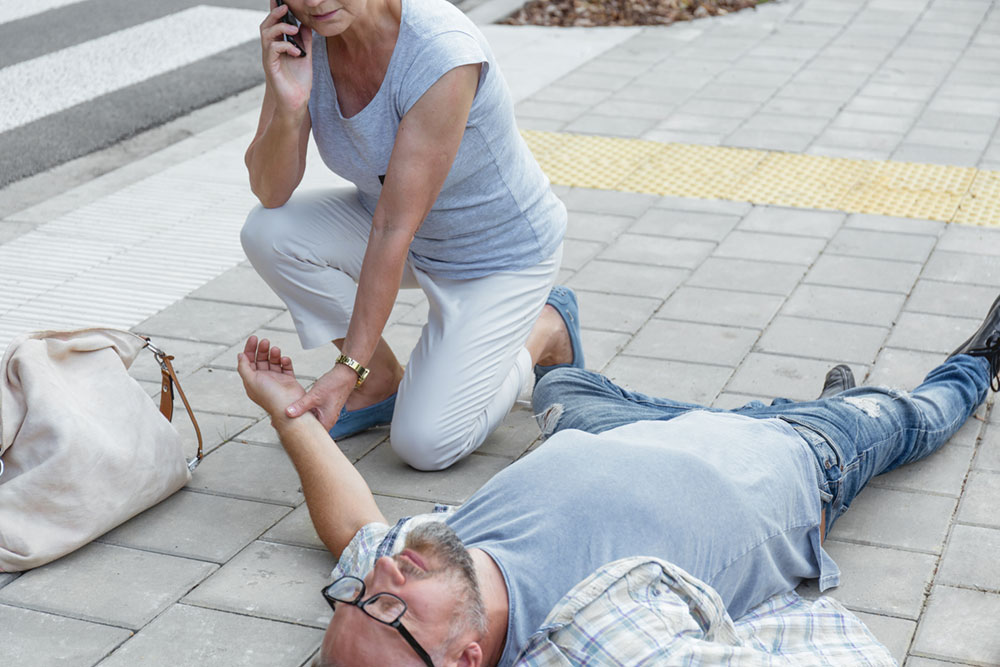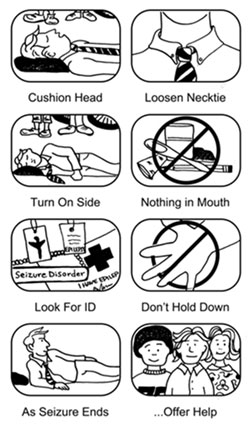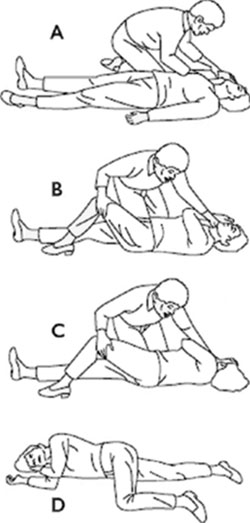
When it comes to seizures, the main objective of the first aid given is to keep the patient from harm during the seizure. Seizures can result in an altered state of consciousness, or in unconsciousness, leaving the individual vulnerable to injury. Clinicians play a crucial role in making the patients, caregivers and the whole community aware what to do when a person experiences a seizure. Any seizure type (not just convulsive seizures) can develop into status epilepticus, which is a seizure involving the whole body with loss of consciousness.
Basically, seizures are of two types:
- Non-convulsive seizures, i.e., seizures without violent movements
- Convulsive seizures, i.e., seizures with violent movements
Regardless of seizure type, the fundamental aspect that must be stressed while providing first-aid for seizures is to protect the person experiencing the seizure from harm.
Simple Partial Seizures:
This is a type of seizure where a patient has no or mild alteration in consciousness levels. These types of seizures require minimal first aid intervention. If an individual experiences episodes of staring or brief shaking of the limbs with no loss or alteration of consciousness, the person providing first aid should remain calm and reassuring, and protect the individual’s privacy.
Complex Partial Seizures:
This is a type of seizure where a patient has a loss of consciousness levels. After a complex partial seizure, the individual is often confused and does not remember what happened during the seizure.
As a Bystander:
- Watch the person carefully. Guide away from dangerous environment.
- Do not grab/restrain the individual.
- Remain calm and reassuring.
- Note the time of seizure and how long it lasted before full consciousness returned.
Convulsive Seizures:
As a Bystander:
- Gently lower the person to the ground.
- Cushion the head.
- Loosen clothing around the neck that could make breathing difficult.
- Turn the individual on his or her side to keep the airway clear.
- If the individual begins to turn blue, reposition the head and ensure the airway is unobstructed.
- The individual having the seizure should not be held down or restrained.
- Nothing should be put in the individual’s mouth. Attempting to put something in the individual’s mouth, including medication or something to drink, can cause injury.
- Document the seizure, including the time and the area of the body where the seizure started, head and face movements and the spreading of the seizure across the body.
- Stay with the person until the seizure stops or until help arrives.

After the Seizure Episode:
- Turning the individual on his or her side also helps clear the individual’s mouth of food or saliva to ensure the airway remains open and fluids can drain to prevent the risk of aspiration.
- Talk with the person to determine and document his or her level of awareness.
- Once the seizure ends, reassure the individual and make sure he or she is able to get to the hospital safely.

Do not hesitate to call for help.
Reach us at 044-4000 6000 for immediate assistance and ambulance dispatch.

Dr. Karunakaran Vetri
Consultant Emergency Physician
Kauvery Hospital Chennai

